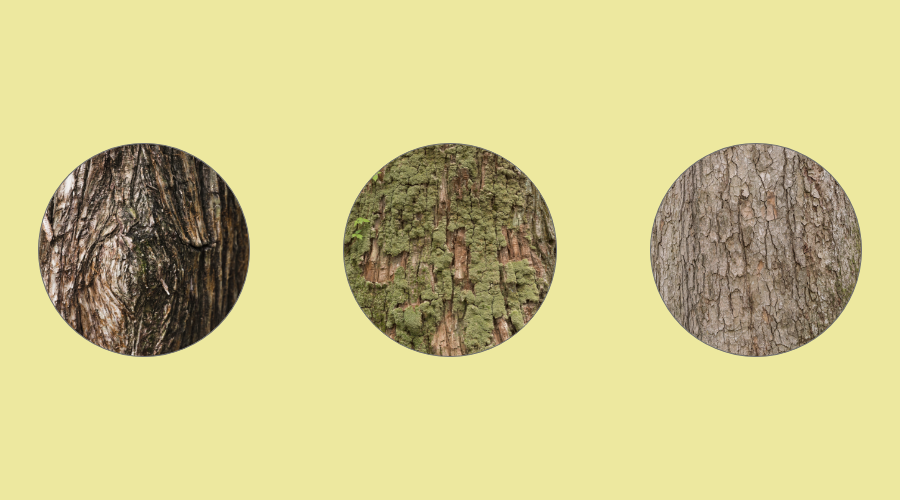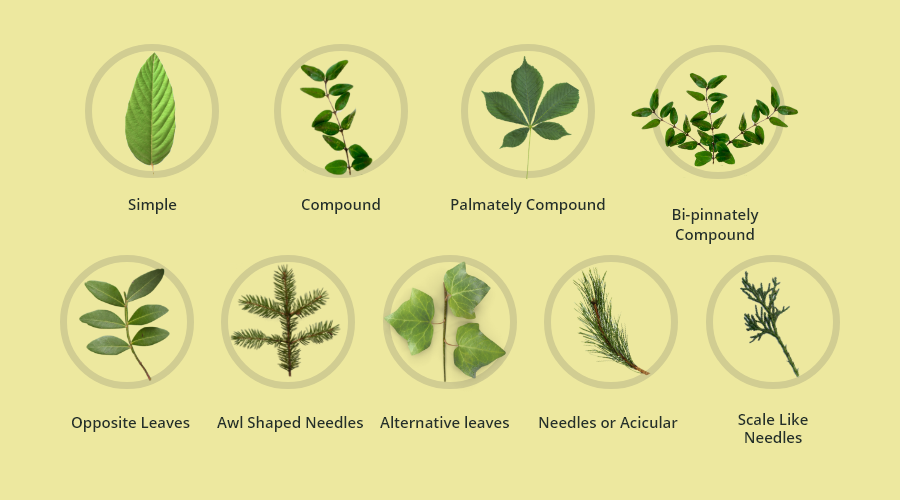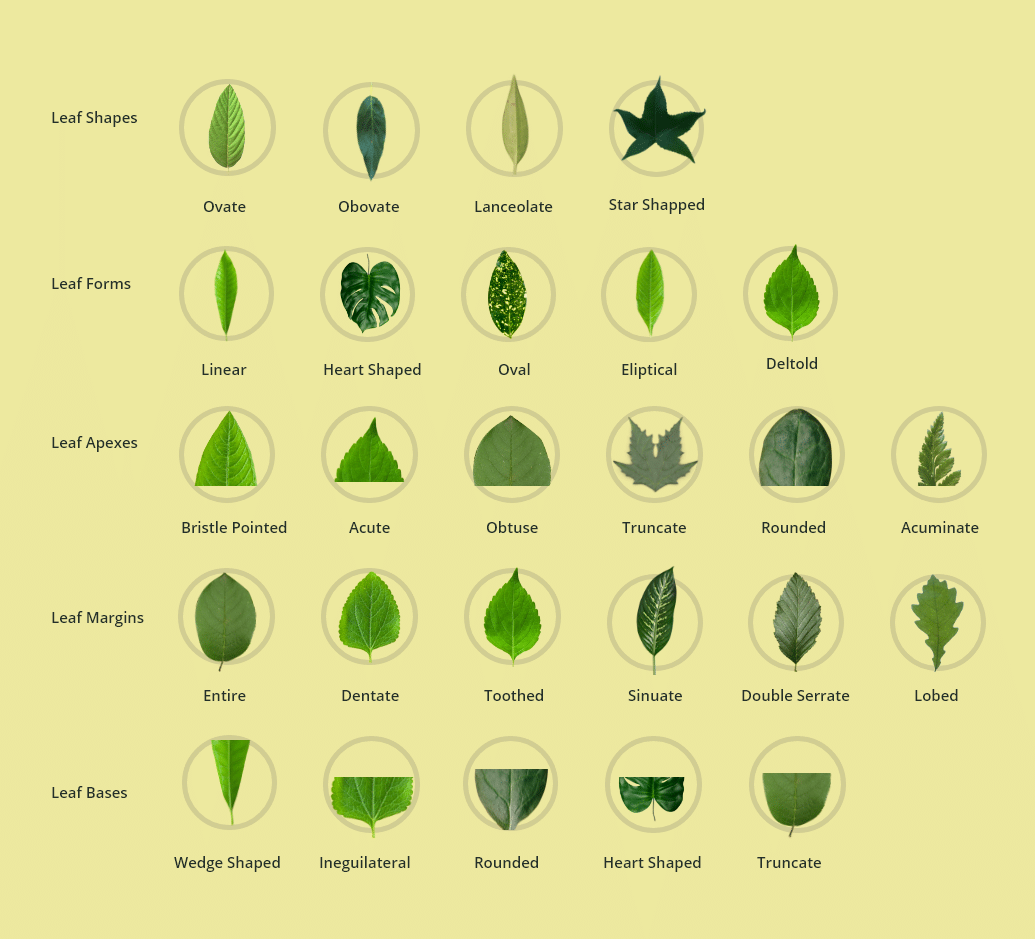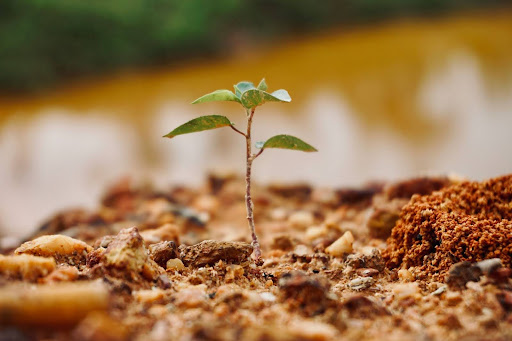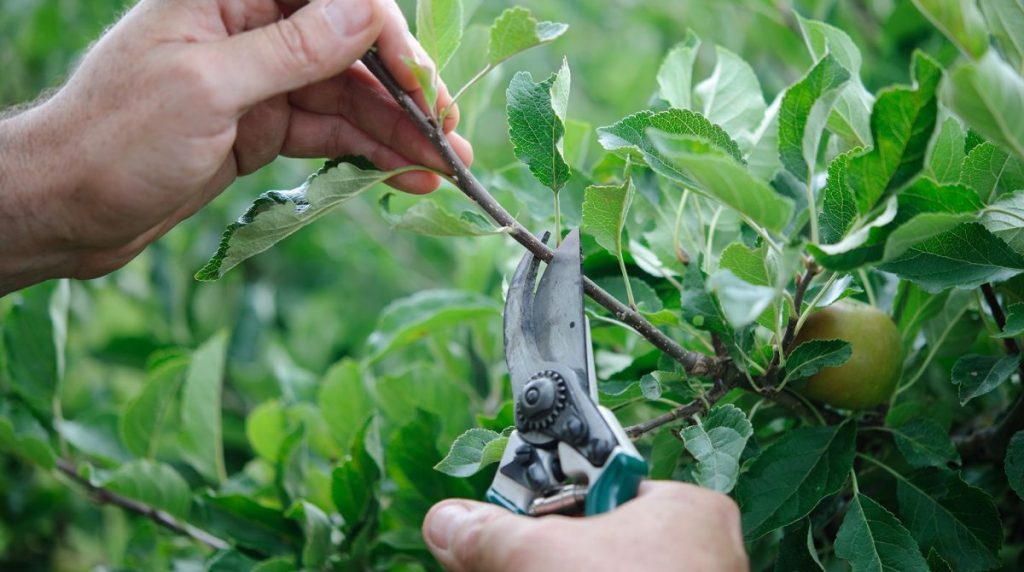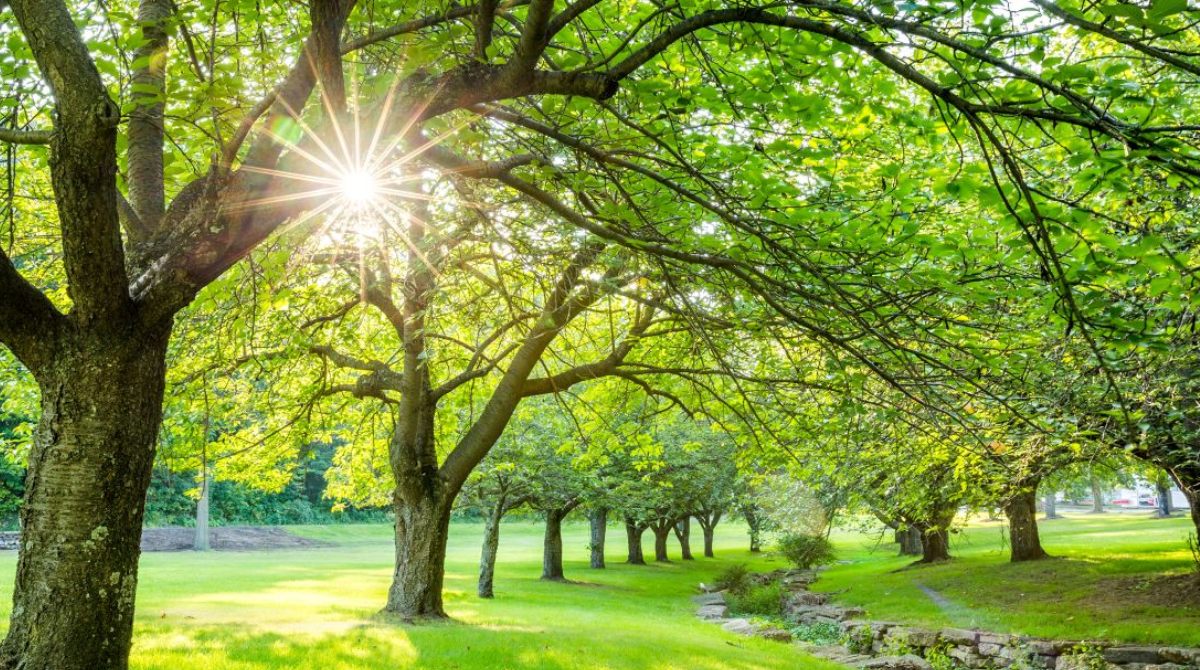
How to ID Trees in Texas?
Date May 26, 2020
Category
There are countless millions of tree species across the globe. Every species has its own defining characteristics, which include size, longevity, bark, tree form, etc. If you are planning to grow a tree on your property, then you have to understand each aspect of its existence.
Doing so will lead you to make the right decision in the best type of tree growing on your property. Fortunately, identifying trees isn’t difficult. In fact, it’s a straightforward process. If you want to increase your understanding of trees, you’ve come to the right place.
This guide will explain all of the methods of accurately identifying trees, mainly in the North Texas region.
How to Classify Trees
The act of assigning names to living organisms is called nomenclature. This is a part of a much larger scale of taxonomy or scientific classification. Scientists classify organisms for organizational purposes, usually to keep records and track of trillions of living species on the globe.
The fundamental categories of taxonomy are:
- Kingdom
- Phylum or Division
- Class
- Order
- Family
- Genus
- Species
To tell trees apart, Arborists use the scientific genus and species, as well as vernacular names. Vernacular means “native to a particular region”. Vernacular names are used by people in everyday speech, but not by scientists.
For example, a vernacular for a cute, four-legged animal that most people keep as a pet is a cat. The scientific name is Felis catus. You can classify trees in the same way. The next part of this guide will involve telling apart trees by their features.
Tree Form
Examining the form of a tree is vital for distinguishing its species. When making an examination, check the branching, size, and shape patterns of any trees. Also, make sure you check the location of the tree in comparison to surrounding trees.
Is the tree located at the lower, middle, or upper part of the canopy? This categorization is important. For example, a tree found in the lower canopy of a forest will be in danger of receiving insufficient sunlight that can stunt its growth.
It will also have a different form than another tree that receives direct sunlight. Therefore, understanding the form of a tree can help you make a correct identification when the decision times come.
Habitat
Knowing that trees need sunlight, water, and nutrients are only the start of assessing their true habitat. The true definition of habitat is an environment in which a tree has all of its necessary resources to grow, thrive, and reproduce.
Texas is known for its hot and humid climate. Trees don’t grow outside of their habitats. The amount of sunlight in a region can affect the trees that grow there. This means if you’re familiar with tree species and their growing conditions, you can reasonably infer what types of trees are growing in an area because of those conditions.
Bark
The texture of a tree’s bark will differ strongly from species to species. When observing a tree, look at the color, thickness, texture, and type of the bark.
Leaves
Examining the leaves of trees is the best way of distinguishing its species since leaves can be unique from species to species. When observing a leaf, check to see if it’s compound or simple.
This involves checking for a bud. Simple leaves are rather – simple. To do this correctly, you’ll need to understand the defining component of a leaf. Compound leaves can feature several leaves on one branch along with a bud. The following graphic will provide more information.
Now that you understand the different parts of a leaf, you should next know various leaf arrangements. Fortunately, if you’ve spent any time outdoors, you should be able to quickly identify these patterns.
Furthermore, here are leaf shape descriptions you can use to aid your identification process.
How to Hire a Certified Arborist
As you can see, there is an extensive process that goes into identifying a tree. If you don’t have the time to learn or struggle with this process, then hiring a Certified Arborist may be in your best interest.
Arborists are professionals that specialize in tree services. With immense knowledge of different tree species native to the North Texas region, you can rely on a highly-experienced Certified Arborist to handle this for you.
There are hundreds of different tree species in Texas and you may need professional help in making a correct identification.
Give Us a Call Today!
Do you want to learn more about how you can receive our exceptional tree services?
To learn more about How to ID Trees in Texas, call our Argyle and Southlake based teams at tel:(817) 592-6846 or send us a message.
We’re a little different than the average tree services company.
Learn more about TreeNewal’s ISA Certified Arborists!
Our Dallas/Fort Worth-based tree doctors can explain how sustainable tree care services add more value to your bottom line.
Healthy trees, healthy lives.
